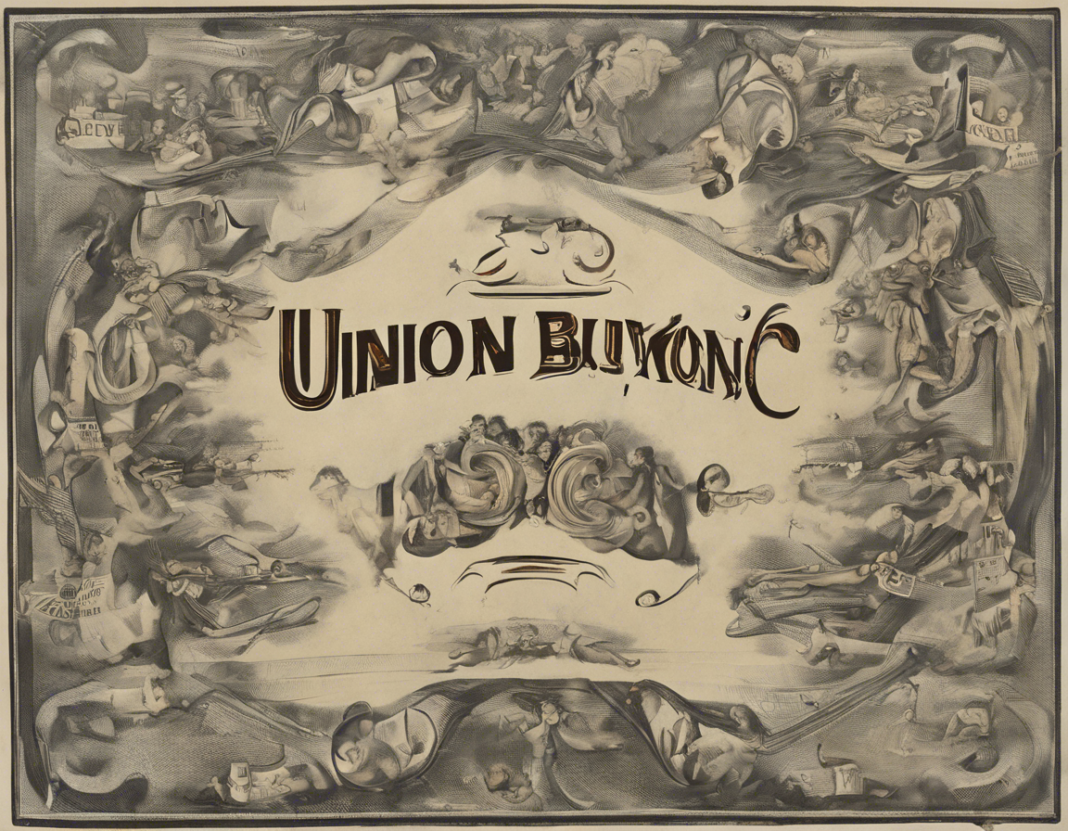Union of sets is a fundamental concept in mathematics which involves the combination of elements from two or more sets into a new set without repetition. The union operation is denoted by the symbol “∪”. In this article, we will delve into the topic of expanding unions of sets A, B, and C. We will explore what a union of sets entails, how it can be expanded, and its applications in various mathematical contexts.
Understanding Sets and Unions
Before we dive into expanding the union of sets A, B, and C, let’s first understand the basic concepts of sets and unions.
Sets: A set is a well-defined collection of distinct objects, considered as a single entity. These objects, which can be numbers, letters, or any other items, are called elements of the set. Sets are typically denoted by curly braces, such as {1, 2, 3}, where each element is separated by a comma.
Union of Sets: The union of two or more sets consists of all unique elements present in any of the sets being combined. In set theory, the union of sets A and B is denoted by ( A \cup B ) and can be defined as follows:
[ A \cup B = { x | x \in A \text{ or } x \in B } ]
This means that the union of sets A and B contains all elements that are in set A, set B, or both.
Expanding Union of Sets A, B, and C
Expanding the union of three sets, A, B, and C, involves combining all elements from the three sets into a single set without duplication. The expanded union of sets A, B, and C, denoted as ( A \cup B \cup C ), can be defined as:
[ A \cup B \cup C = { x | x \in A \text{ or } x \in B \text{ or } x \in C } ]
In simple terms, the expanded union of sets A, B, and C includes all elements that are present in at least one of the sets A, B, or C. It forms a new set that encompasses the combined elements of all three sets.
Properties of Union of Sets
When expanding the union of sets A, B, and C, several properties apply:
-
Commutative Property: The union of sets is commutative, meaning that ( A \cup B = B \cup A ). The order in which sets are combined does not affect the resulting union set.
-
Associative Property: The union of sets is associative, implying that ( (A \cup B) \cup C = A \cup (B \cup C) ). This property allows for grouping of sets in various ways without changing the final union set.
-
Idempotent Property: The union of a set with itself results in the same set, i.e., ( A \cup A = A ). This property highlights that repeating the union operation on the same set does not alter the set.
-
Distributive Property over Intersection: The union distributes over the intersection of sets, meaning that ( A \cup (B \cap C) = (A \cup B) \cap (A \cup C) ). This property showcases how unions and intersections interact.
Applications of Expanding Unions
The expansion of unions of sets finds applications in various areas of mathematics and beyond:
-
Set Theory: Unions play a crucial role in set theory, helping to combine and analyze sets in different contexts.
-
Probability: In probability theory, unions of events are used to calculate the probability of at least one of several events occurring.
-
Database Queries: Unions are utilized in database queries to combine results from multiple tables or queries.
-
Genetics: In genetics, unions of sets are employed to analyze the presence of genes or traits across different individuals or species.
Frequently Asked Questions (FAQs)
- What is the cardinality of the union of sets A, B, and C?
-
The cardinality of the union of sets A, B, and C is the count of all unique elements in the expanded union set.
-
Can the union of sets contain duplicate elements?
-
No, the union of sets by definition contains only unique elements, with no repetitions.
-
How is the expanded union of sets different from the intersection of sets?
-
The union of sets includes all unique elements from the combined sets, while the intersection includes only elements that are common to all sets.
-
Is the union of sets limited to only three sets?
-
No, the union operation can be extended to any number of sets, not limited to just three sets.
-
How can Venn diagrams be used to represent the union of sets A, B, and C?
- Venn diagrams can visually illustrate the union of sets by showing the overlapping regions of the sets coming together into a single combined set.
In conclusion, understanding and expanding the union of sets A, B, and C is essential in various mathematical and practical applications. By grasping the concepts and properties of set unions, one can effectively manipulate and analyze data, events, and entities across different domains.
